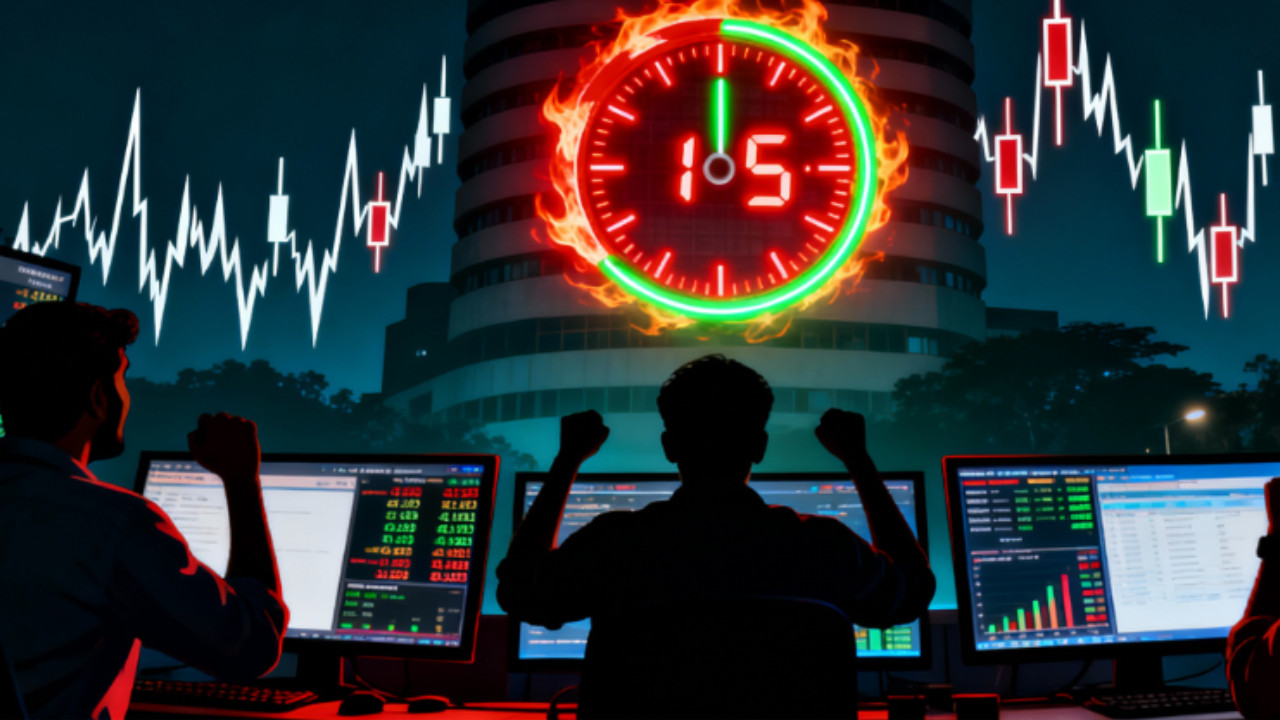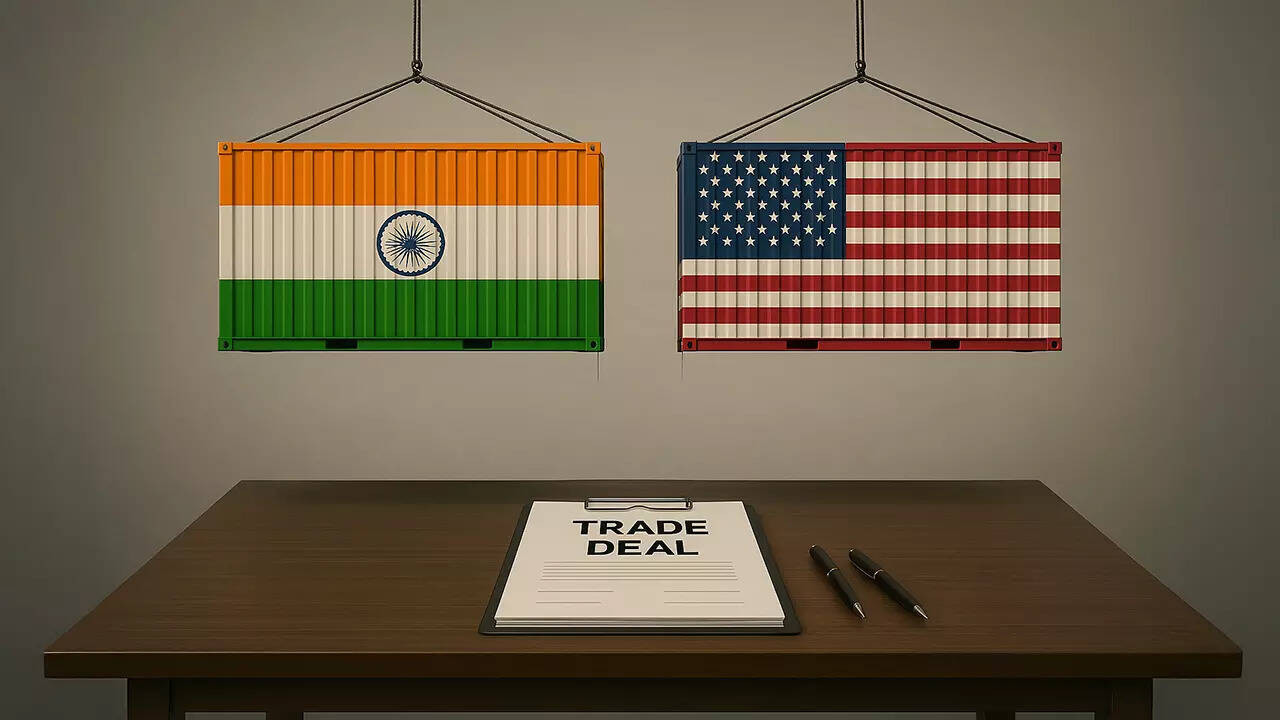US stocks experienced a mixed trading day, influenced by geopolitical tensions and persistent inflation worries. The S&P 500 and Nasdaq declined, while the Dow saw a slight increase. Kroger’s strong earnings boosted its stock, contrasting with Smith & Wesson’s plunge after disappointing results, citing tariff concerns.
Wall Street Takes a Breath: What’s Really Going On?
Okay, folks, let’s ditch the jargon and talk real. The stock market. We hear about it all the time, but what does it mean when the Dow dips or the Nasdaq jumps? Yesterday, Tuesday, June 20th, Wall Street was a bit of a mixed bag, and frankly, it felt a little…jittery.
We saw the Dow Jones Industrial Average wobble, dipping slightly. The S&P 500, often seen as the broadest measure of market health, managed a tiny nudge upwards. And the Nasdaq, home to all those tech darlings we obsess over, also eked out a small gain. Small gains and slight dips don’t exactly scream “crisis,” but they do whisper “uncertainty.” And in the world of finance, uncertainty is the name of the game right now.
So, what’s fueling this hesitant dance on Wall Street? A bunch of things, actually. It’s never just one single factor that throws the market into a tizzy. Think of it like a complex recipe: a dash of this, a pinch of that, and suddenly you’ve got a souffle that either rises beautifully or collapses into a sad, eggy mess.
One key ingredient? Geopolitical tension. We’re not talking hypothetical scenarios here. Events in the Middle East are casting a long shadow, reminding everyone that global stability (or lack thereof) has a direct impact on the economy. Higher perceived risk translates to investors being a little less eager to throw their money around, especially into longer-term investments. It’s a flight to safety, a collective tightening of the belt.
Then there’s the ever-present elephant in the room: interest rates. The Federal Reserve has been playing a delicate balancing act, trying to tame inflation without triggering a recession. The question on everyone’s mind is, “Will they keep raising rates? And if so, by how much?” The answer to that question dictates, to a significant extent, where investment dollars will flow. High rates can cool down a hot economy (and the stock market along with it), but they also risk pushing things into a downturn.
But it’s not all doom and gloom. Let’s talk about CarMax (KMX). This used car giant actually saw its stock price climb after reporting earnings. Now, you might be thinking, “Used cars? What’s so exciting about that?” Well, CarMax’s performance can be seen as a barometer of consumer confidence. If people are still buying used cars (even with interest rates potentially rising), it suggests that they’re feeling relatively optimistic about their finances. This could be a good sign that the economy still has some resilience, despite the headwinds.
Interestingly, the market’s muted reaction is possibly reflective of a kind of cautious optimism. We’ve had a pretty strong run lately, and some analysts are suggesting a little breather is actually healthy. It stops the market from becoming too inflated, preventing an even bigger correction later. Think of it as letting some air out of a balloon before it pops.
The thing about the stock market is that it’s constantly trying to predict the future. It’s a giant guessing game based on probabilities, data, and, let’s be honest, a whole lot of gut feeling. And right now, the future is looking a little…murky. We’ve got inflation that’s proving stickier than anticipated, geopolitical uncertainties hanging over us, and the constant question of what the Fed will do next.
So, what should you do with all this information? Honestly, unless you’re a day trader glued to your screen 24/7, the best approach is probably to take a deep breath and remember the long game. Volatility is normal. Ups and downs are part of the process. Trying to time the market perfectly is notoriously difficult, even for the professionals.
Instead, focus on having a well-diversified portfolio that aligns with your risk tolerance and long-term financial goals. Revisit your plan periodically, make sure you’re still comfortable with your asset allocation, and resist the urge to make rash decisions based on short-term market fluctuations.
Ultimately, Wall Street’s little wobble yesterday is a reminder that the economy is a complex and unpredictable beast. It’s a sign that things are in flux, that the future is uncertain. But it’s also a reminder that patience, diversification, and a long-term perspective are your best allies in navigating the ever-changing landscape of the stock market. Now, if you’ll excuse me, I’m going to go make myself a cup of tea and try not to stress too much about the Dow. After all, there’s a whole world out there beyond the numbers on a screen.







